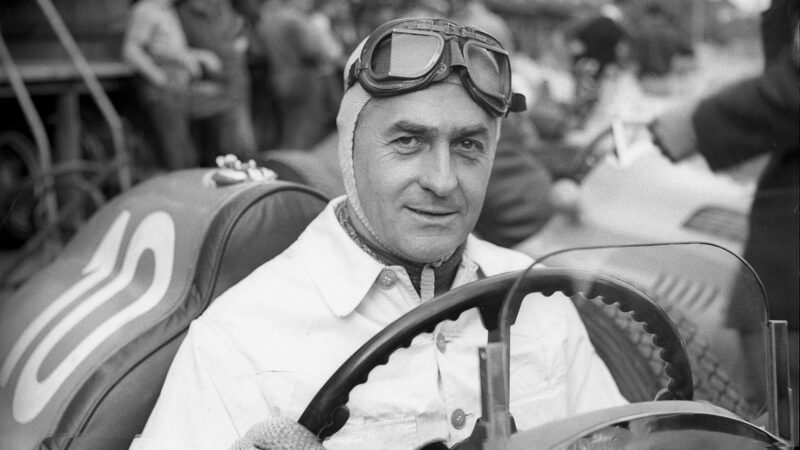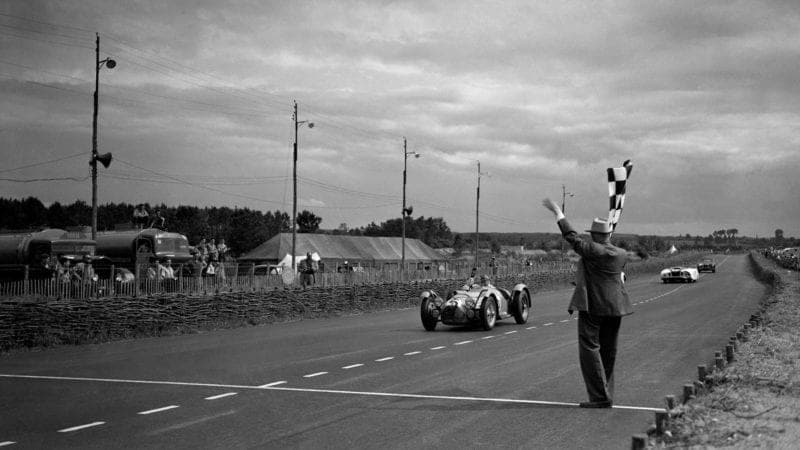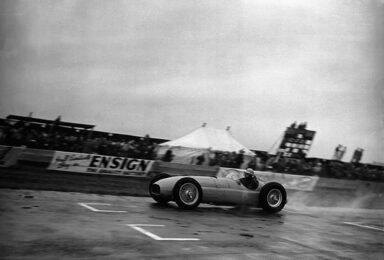At the dawn of the world championship era in 1950, Rosier added to his Le Mans success with a pair of third places at the Swiss and Belgian GPs, his consistency rewarded with a respectable fourth in the inaugural standings, behind only the Alfettas of the three Fs: Farina, Fangio and Fagioli. He also won the non-championship Dutch GP when the Alfas were absent to cap a glorious season, the finest of his career. Again, what might he have achieved without the war demolishing all of normal life for six torrid years?
As the decade progressed, he would be forced to buy Italian, running Ferraris and from 1954 a Maserati 250F, finishing fifth in his last world championship race, the German GP, in ’56. Now aged 50, he won the Paris 1000Kms at Montlhéry that same season with Jean Behra in a Maserati 300S. But back at the Paris circuit later in the year for the Coupe du Salon, he’d clip a bank driving a Ferrari 750 Monza, overturn and suffer severe head injuries from which he’d succumb three weeks later. A four-time champion of France, the nation that gave the world motor sport as we know it today had lost one of its greatest heroes – on and off the track.



